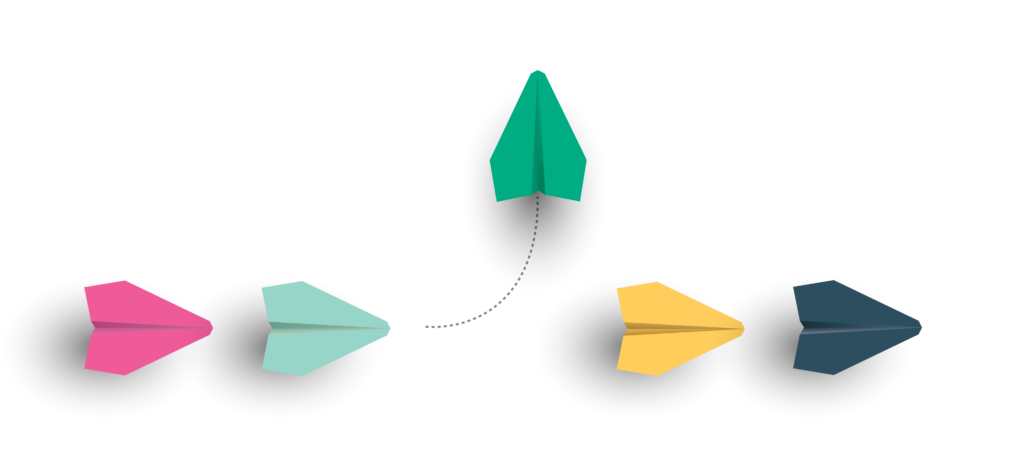
Your point of difference is what makes you stand out among your competitors. It is not about product or price but what makes consumers want to connect with a brand. Let’s look at friendship as an example: Why are people friends? Why do they stay friends? Because both people care about similar things. Both people are on the same page and stick together because there is something they complete in each other. Unique brands need to do the same. Your uniqueness is not necessarily found in what you do (that your competitors do not) but in the messaging that compels consumers to choose you over a competitor offering identical services. For this reason, it is imperative to find, define and express your point of difference throughout your branding.
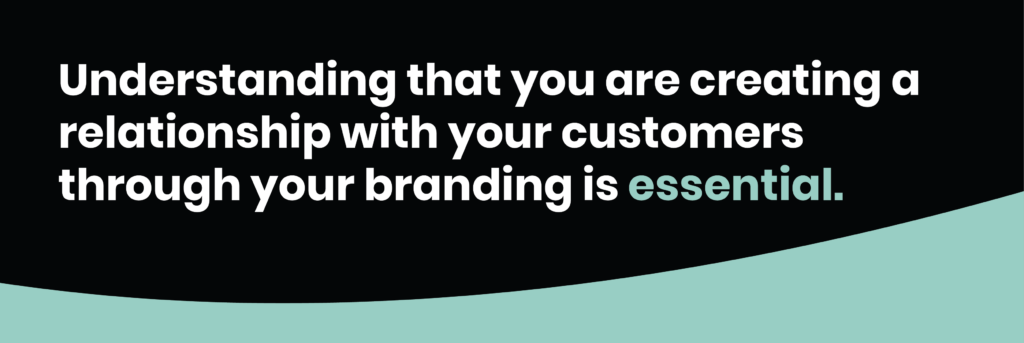
A unique brand and service is excellent, but it is essential to remember that unique branding is built upon looks, communication, conduct and value. All these things work together as building blocks to build the brand’s personality that consumers will connect with. Understanding that you are creating a relationship with your customers through your branding is essential. A unique brand zags while everyone else zigs.
So why is having a clear point of difference so important?
It allows your brand to stand out in an overpopulated market. Today, there is an overload of visual information and choices for consumers; as a result, they have become lazy in their processing. Without your brand’s point of difference, it will be lost in the sea of information and mundane marketing. A unique brand that targets a small group of specific people is far more effective than a generic brand that aims to mass appeal. Laser accuracy will always beat potshots in the dark. Aligning yourself with a small group of people is far superior to appealing to the masses. This small group of people will always choose you because no other brand comes close, whereas, in the masses, your brand will become another option on a long list of companies to choose from.
When creating your point of difference, it is important to analyse your competitors and research and evaluate what they are doing. Look at who they are targeting and the audience they are appealing to. Take a step back and think about what problems you solve, who you solve them for and what your company stands to do. Look for the groups of people searching for what you offer and find the white space that needs filling. Use your point of difference to target those specific consumers so they will know you are the one for them. Working on your vision, mission, and purpose will help clarify answers to these questions:
- Why do you do what you do?
- How do you do it?
- What is your goal?
- Who do you ideally want to serve?
Big brands such as Nike, Harley, and Apple have unique branding that has created a strong relationship with their consumers; as a result, consumers only wish to purchase from these brands.
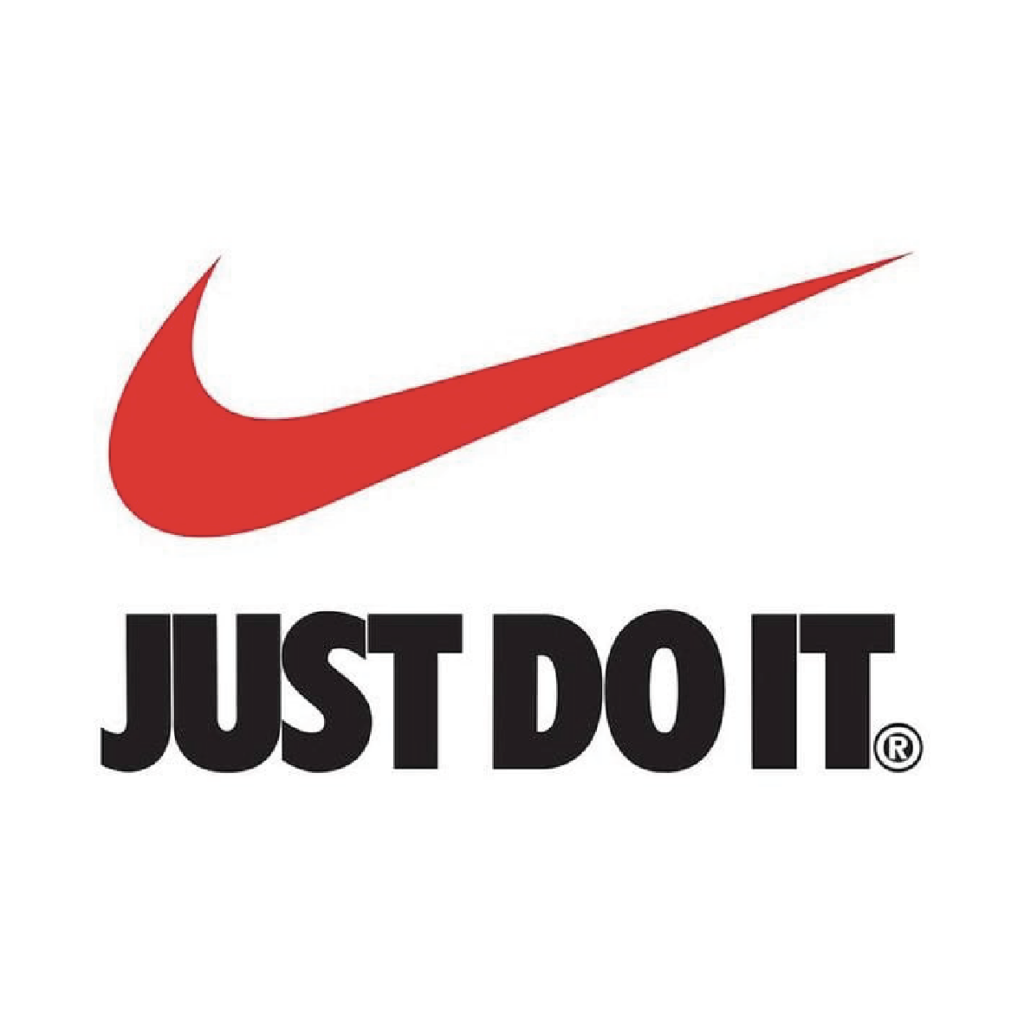

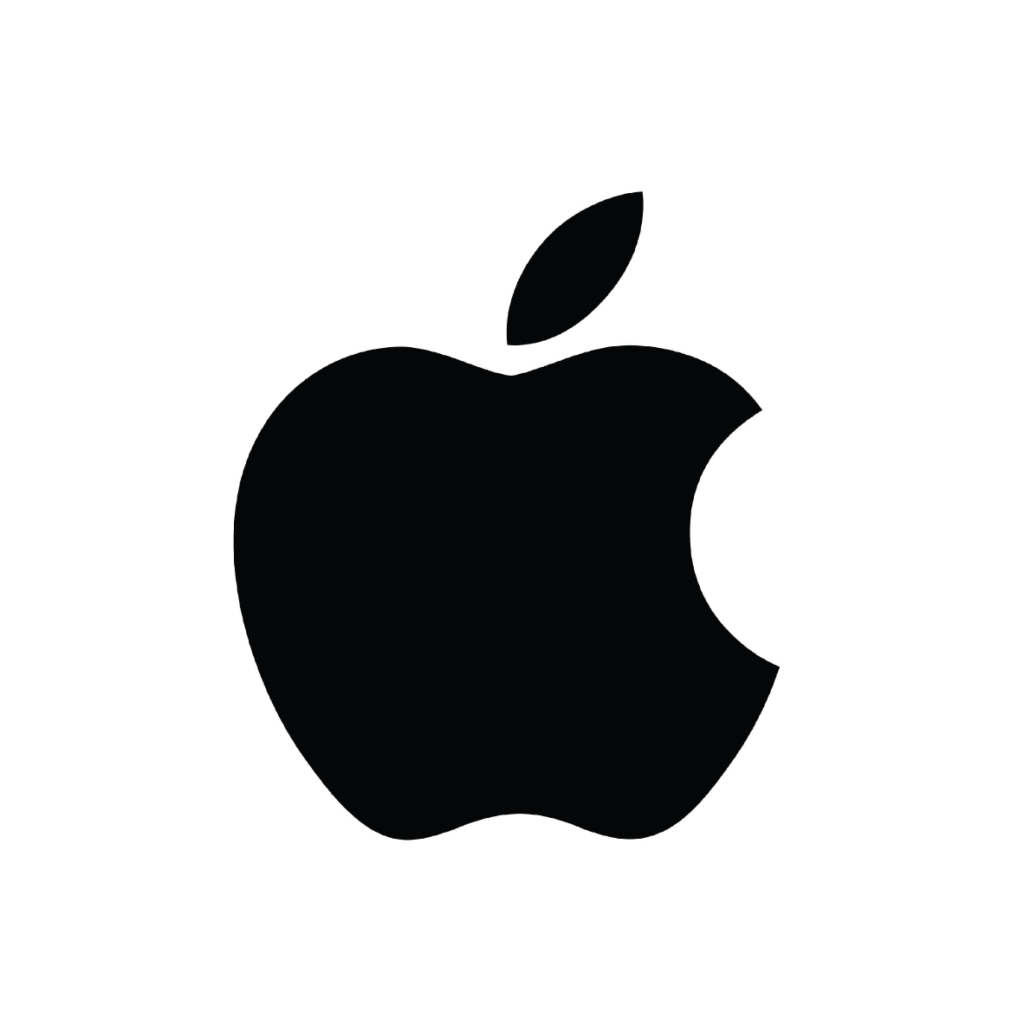
Let’s explore Apple and its branding technique a bit deeper.
Apple is not the cheapest brand, but because of the problems it solves and what the brand stands for, people choose it. People will happily spend more because Apple is a tribe they align with and want to be a part of. Apple is people-driven rather than tech-driven, and customers will make purchasing decisions based on how well they believe the company is solving their problems, aligning with their values and whether the customer feels like the brand cares about the same things they do.
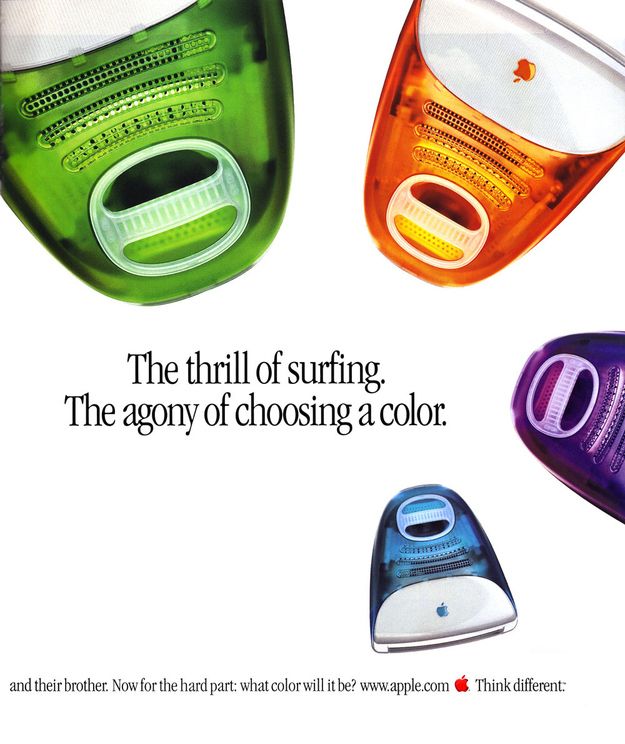
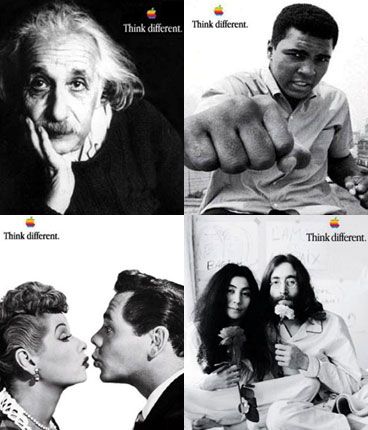
So once you have clarified your point of difference, found a gap of unreached people and white space that needs to be filled, and established how to connect with them, begin building your brand around this goal. In everything you do, such as your business name, logo design, visual identity, messaging, or internal processes, remember to ask yourself these critical questions:
- Does this help me reach my goal of being “the only” to these people?
- What will they say about the brand?
- What will they tell other people and their friends about it if they speak about it?
We have an activity worksheet to help create an “Onliness Statement” This will help you find your point of difference. Fill in the gaps below, and if your sentence cannot be claimed as ‘the only’, start again. Use your finalised statement as your northern star. Feel stuck? Get in touch and we can go through it together!
